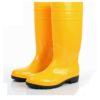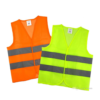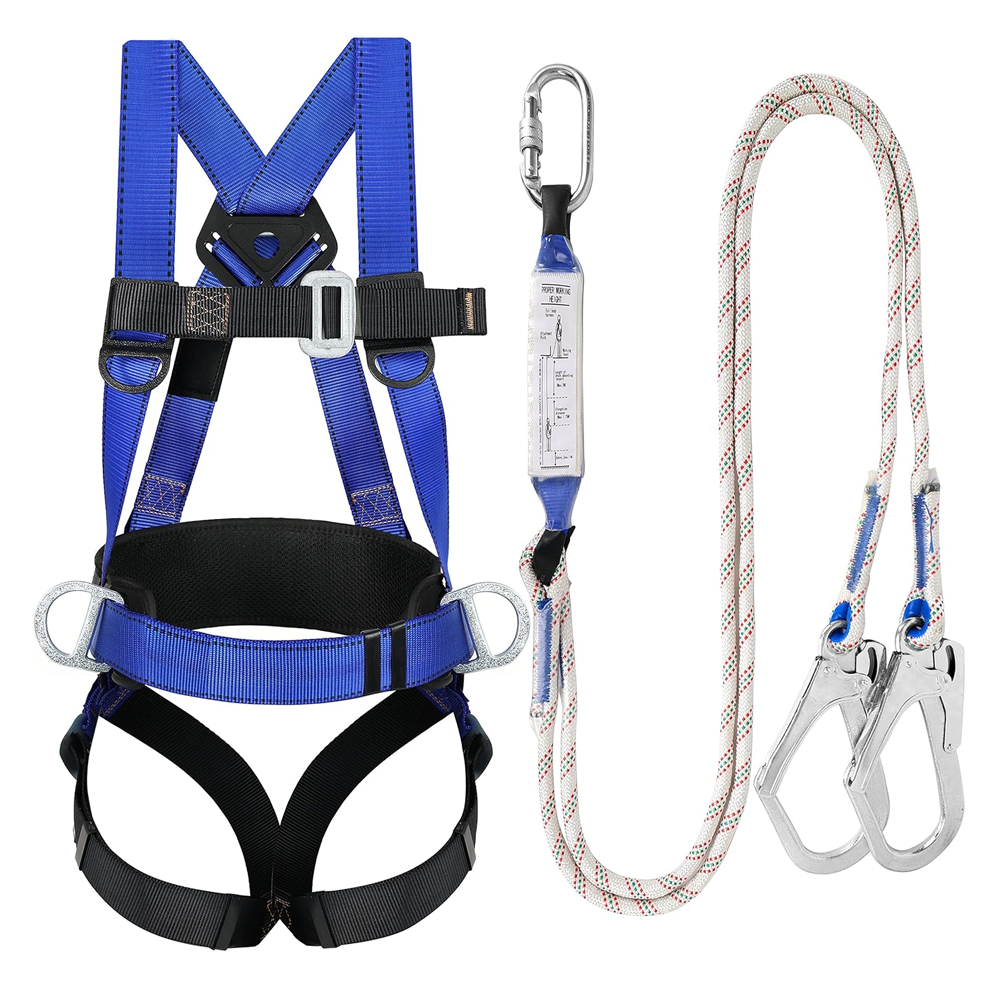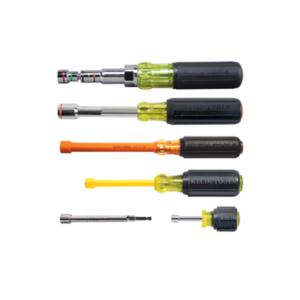🚚 Fast Delivery | ⭐ Best Quality | 📞 24/7 Support
+971 2 552 3918
info@coolwaybm.com
- Power Tools & Machinery
- Fire and Safety Equipement
Fire and Safety Equipement
- Adhesives
- Plumbing & Sanitary
- Packing Materials
Packing Materials
- Abrasives
- Carpentry
- Welding Accessories
Welding Accessories
- Fasteners
- Lock & Furniture Accessories
Lock & Furniture Accessories
- A/C Refrigeration
- Electrical
Electrical
د.إ1.00


د.إ1.00
You can add any HTML here
We suggest you to create a Saved Template in Dashboard -> Templates -> Saved Templates and use it by switching content type above to Saved template.
A safety harness is a vital piece of personal protective equipment (PPE) designed to protect individuals working at heights by preventing falls and minimizing injury in the event of a fall. Safety harnesses are commonly used in industries such as construction, roofing, telecommunications, maintenance, climbing, and any other profession where workers are exposed to the risk of falling from elevated surfaces.
The basic design of a safety harness consists of straps and buckles that are adjustable to fit the wearer’s body securely, as well as a D-ring or attachment point, which is the key element for connecting the harness to a fall arrest system or a secure anchor point. These systems are designed to limit the distance a person can fall, thereby reducing the potential for injury.
These straps go over the wearer’s shoulders and help distribute the force of a fall across the upper body.
These straps go around the legs and help keep the harness in place while providing additional security.
These straps may be adjusted to fit the wearer’s body shape, ensuring the harness is snug and properly positioned.
This is typically located on the back of the harness, and it is where the worker attaches a lanyard, rope, or other fall arrest system. In some designs, there may be additional D-rings on the chest or sides for various applications.
These allow for quick and easy adjustment of the harness to ensure a tight, comfortable, and secure fit.
Materials used for safety harnesses include high-strength nylon, polyester, and polypropylene, which are durable and capable of withstanding the stresses and forces experienced during a fall. The straps are typically designed to be abrasion-resistant and often come with reinforced stitching to ensure maximum strength and reliability. The D-ring and hardware are usually made from steel or aluminum for strength and corrosion resistance.
Safety harnesses are essential in environments where workers face the risk of falling from heights. They serve as a key part of a fall arrest system, which also includes a lanyard, shock absorber, and anchor point to provide a complete fall protection solution. When a worker falls, the harness spreads the forces of the fall across the body, reducing the impact on any single area, which helps to minimize injury.
The advantages of using a safety harness are significant, as they provide protection against falls, enhance worker confidence when working at heights, and are required by regulations in many jurisdictions to comply with safety standards. Additionally, safety harnesses allow workers to perform tasks that would otherwise be too dangerous without the added protection.
In summary, a safety harness is an indispensable piece of safety equipment for workers exposed to fall hazards. It ensures the worker’s protection by securing them to a fixed point and preventing falls. The use of a properly fitted harness, along with a comprehensive fall protection system, helps to ensure the worker’s safety in high-risk environments.
There is £4.99 charge for delivery under £50 Orders. Additional charges will be imposed by our couriers for delivery to remote area, a surcharge may be levied to cover carriage to these areas.
SAFETY HARNES
د.إ1.00
- Provides fall protection by securing the wearer to a stationary object or structure.
- Common in construction, roofing, climbing, and industrial environments where workers are exposed to heights.
- Typically consists of straps, buckles, and a D-ring for attaching to fall arrest systems or anchor points.
- Made from durable, high-strength materials such as nylon, polyester, or a combination of both for strength and safety.
- Helps prevent falls, enhances worker safety, and meets safety regulations for high-risk jobs.
A safety harness is a vital piece of personal protective equipment (PPE) designed to protect individuals working at heights by preventing falls and minimizing injury in the event of a fall. Safety harnesses are commonly used in industries such as construction, roofing, telecommunications, maintenance, climbing, and any other profession where workers are exposed to the risk of falling from elevated surfaces.
The basic design of a safety harness consists of straps and buckles that are adjustable to fit the wearer’s body securely, as well as a D-ring or attachment point, which is the key element for connecting the harness to a fall arrest system or a secure anchor point. These systems are designed to limit the distance a person can fall, thereby reducing the potential for injury.
These straps go over the wearer’s shoulders and help distribute the force of a fall across the upper body.
These straps go around the legs and help keep the harness in place while providing additional security.
These straps may be adjusted to fit the wearer’s body shape, ensuring the harness is snug and properly positioned.
This is typically located on the back of the harness, and it is where the worker attaches a lanyard, rope, or other fall arrest system. In some designs, there may be additional D-rings on the chest or sides for various applications.
These allow for quick and easy adjustment of the harness to ensure a tight, comfortable, and secure fit.
Materials used for safety harnesses include high-strength nylon, polyester, and polypropylene, which are durable and capable of withstanding the stresses and forces experienced during a fall. The straps are typically designed to be abrasion-resistant and often come with reinforced stitching to ensure maximum strength and reliability. The D-ring and hardware are usually made from steel or aluminum for strength and corrosion resistance.
Safety harnesses are essential in environments where workers face the risk of falling from heights. They serve as a key part of a fall arrest system, which also includes a lanyard, shock absorber, and anchor point to provide a complete fall protection solution. When a worker falls, the harness spreads the forces of the fall across the body, reducing the impact on any single area, which helps to minimize injury.
The advantages of using a safety harness are significant, as they provide protection against falls, enhance worker confidence when working at heights, and are required by regulations in many jurisdictions to comply with safety standards. Additionally, safety harnesses allow workers to perform tasks that would otherwise be too dangerous without the added protection.
In summary, a safety harness is an indispensable piece of safety equipment for workers exposed to fall hazards. It ensures the worker’s protection by securing them to a fixed point and preventing falls. The use of a properly fitted harness, along with a comprehensive fall protection system, helps to ensure the worker’s safety in high-risk environments.
There is £4.99 charge for delivery under £50 Orders. Additional charges will be imposed by our couriers for delivery to remote area, a surcharge may be levied to cover carriage to these areas.
Reviews
There are no reviews yet.
Buy more save more!
Buy from 2 to 4 items and get 10% OFF
on each productBuy from 5 to 8 items and get 15% OFF
on each product- Free shipping on all orders above 50,00
- No hassle returns, 30 days return
- Next day delivery within your country










Reviews
There are no reviews yet.